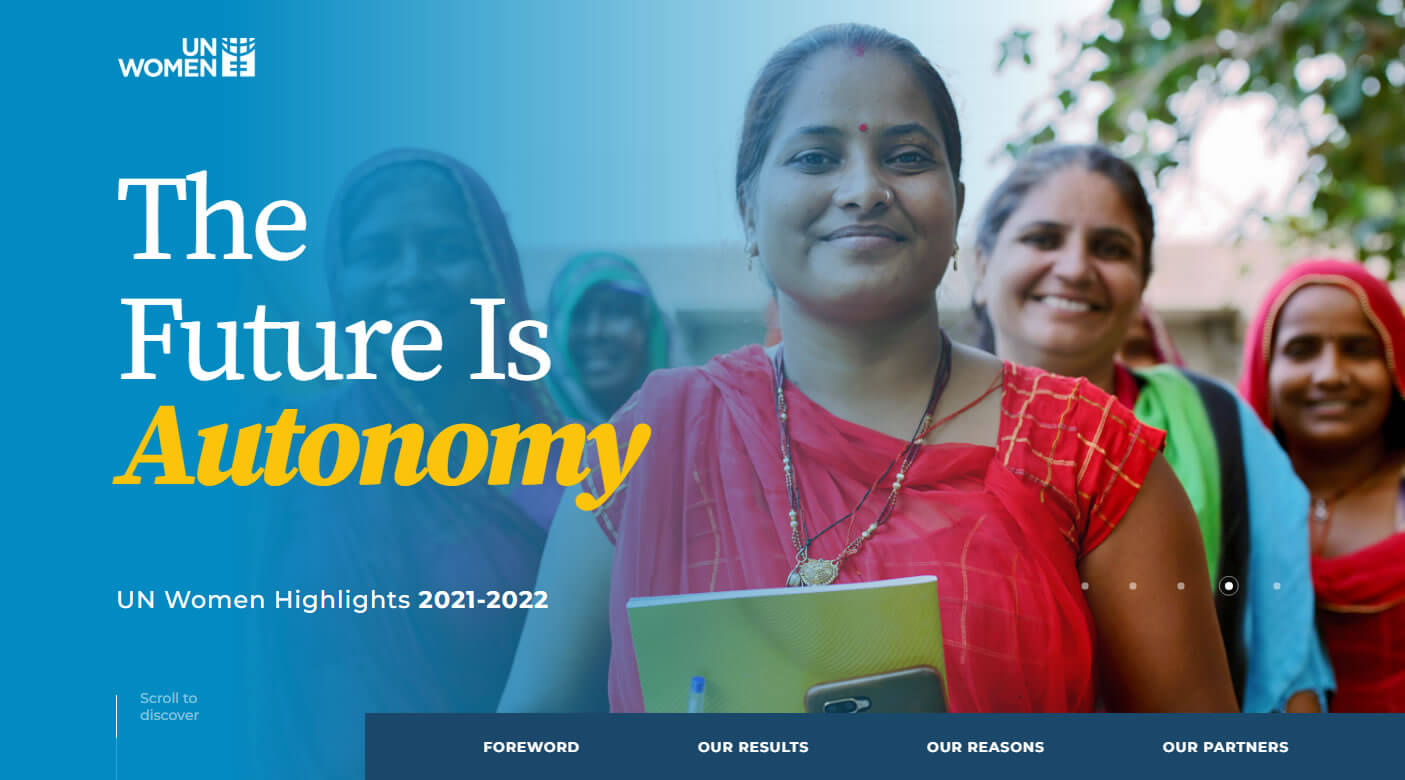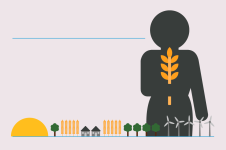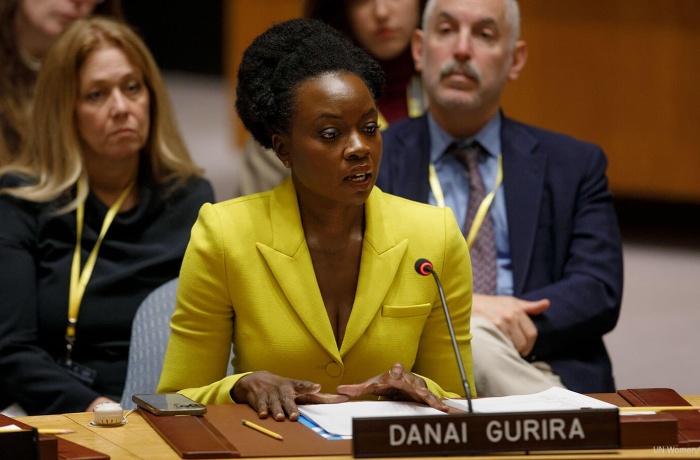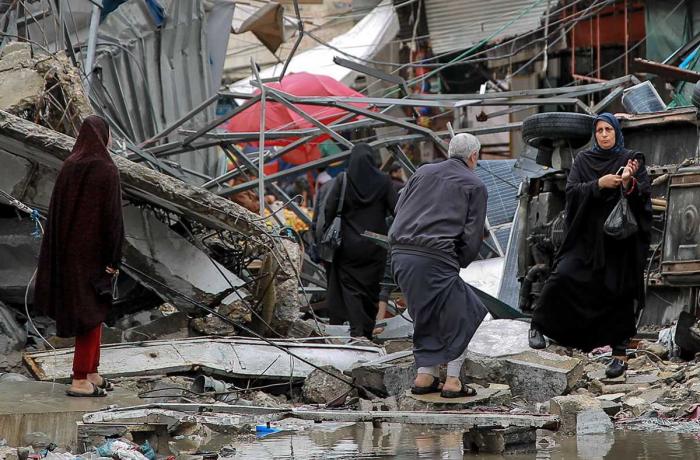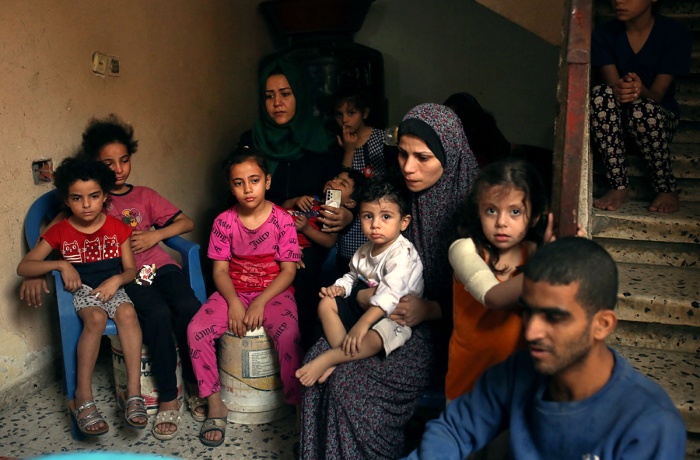Women are increasingly at-risk in conflict, underrepresented in peace processes, according to UN Secretary-General report
More than 600 million women and girls lived in conflict-affected countries in 2022, a 50 per cent increase since 2017. Civilians around the world need greater humanitarian aid than ever before—but countries are instead increasing military spending, which topped USD 2.2 trillion in 2022.
That is the picture painted by a new report by UN Secretary-General António Guterres on women, peace, and security which UN Women drafted on behalf of the UN system.
The report was issued 23 years after Security Council resolution 1325, which called for all parties to conflicts to ensure the safety of women and girls, and for women’s full involvement in peace processes. Its key findings include:
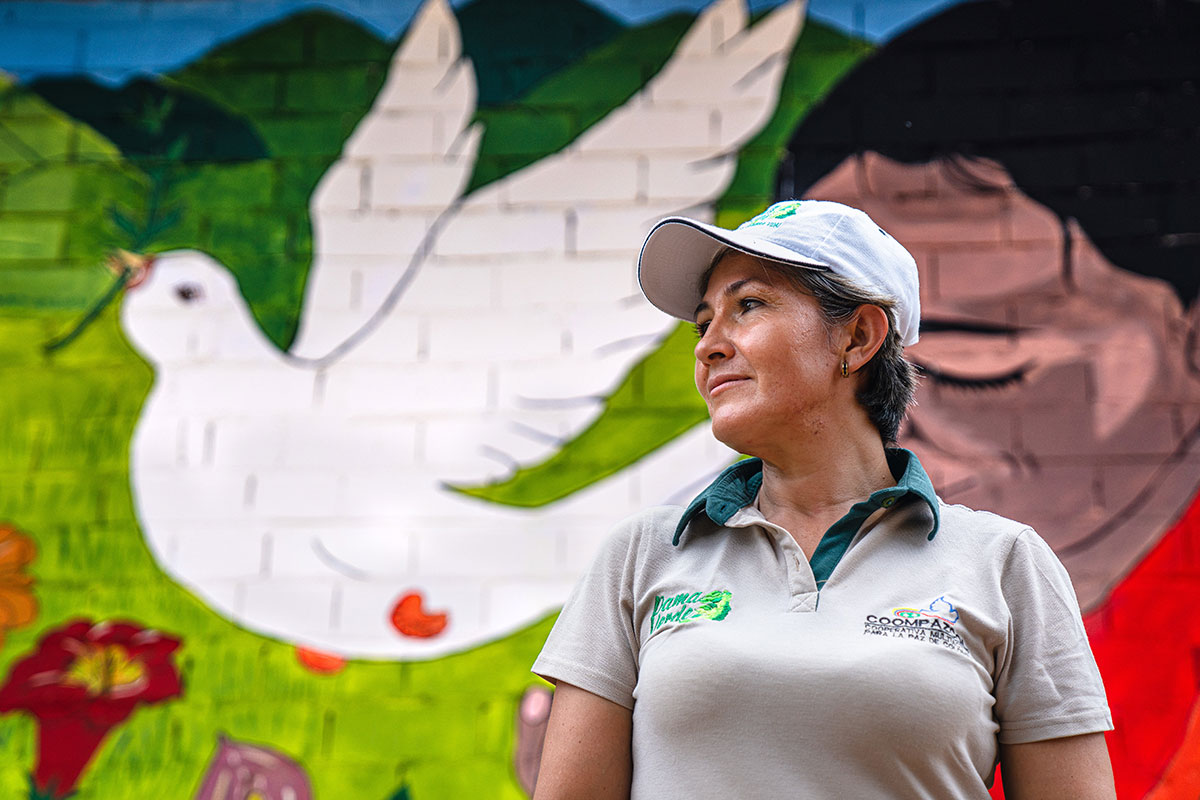
Women’s participation in peace processes has plateaued
Out of 18 peace agreements reached in 2022, only six included provisions specifically relating to women, girls, or gender. This is a similar figure to recent years, which saw the number of such provisions range from about 20 to 35 per cent.
Of those 18 agreements, only one—that of South Sudan—was signed or witnessed by a local women’s organization.
At the local level, women led many successful negotiations to secure access to water and humanitarian aid, broker the release of political prisoners, prevent and resolve tribal conflicts, or mediate local ceasefires.
However, at the national level, they remain sidelined from the main negotiations. While women participated in 80 per cent of UN-led or co-led peace processes, their actual numbers remained low, at only about 16 per cent of total participants—a proportion that has decreased for two years in a row.
Women were almost completely absent from many other peace processes and political talks on situations on the agenda of the Security Council, including in Ethiopia, Kosovo1, Sudan, Myanmar, and Libya.
The global security humanitarian situation has become more dire, with a disparate impact on women and girls
The United Nations Refugee Agency (UNHCR) estimates that 117.2 million people will be forcibly displaced or stateless by the end of 2023.
Such displacement and conflict can turn back the clock on women’s rights. For example, when fighting broke out in Sudan earlier this year, widespread sexual violence returned to Darfur, reminiscent of the conflict in the region two decades ago.
A growing share of the world’s population lives under autocratic rule, after many years of democratic backsliding. Misogyny is a common thread in the rise of authoritarianism, as well as the spread of conflict and violent extremism.
In Afghanistan, for example, the Taliban have issued more than 50 edicts to suppress women’s and girls’ rights, returning to the oppression of the 1990s.
According to one study cited in the report, incidents of political violence targeting women increased by 50 per cent in conflict-affected countries between 2020 and 2022.
The number of people in need of humanitarian aid increased by 25 per cent over the last year, and at the same time the world is undergoing the largest global food crisis in modern history. Much of this increase in need has been driven by nearly 200 armed conflicts and organized violence, as well as by the climate crisis and the impact of the COVID-19 pandemic.
What comes next?
This dire picture is not inevitable or irreversible. Women’s participation in peace processes makes agreements more durable and sustainable. The report calls for $300 million in new funding pledges for women’s organizations in crisis settings over the next three years, and for at least one-third of all participants in mediation and peace processes to be women.
Additional recommendations for governments and negotiating delegations include:
- Setting ambitious targets for women’s direct participation on delegations and negotiating teams, and appointing women as lead mediators in peace processes
- Using incentives and accountability tools—including sanctions, international criminal proceedings, and divestment campaigns—to strengthen the protection of women in conflict-affected countries
- Reducing military expenditures and increasing funding to women’s peacebuilding efforts which have repeatedly shown to be effective and sustainable
- Ensuring women human rights defenders can work safely in their home countries or relocate as necessary
1. This designation is without prejudice to positions on status and is in line with UN Security Council resolution 1244 and the International Court of Justice Opinion on the Kosovo declaration of independence.




